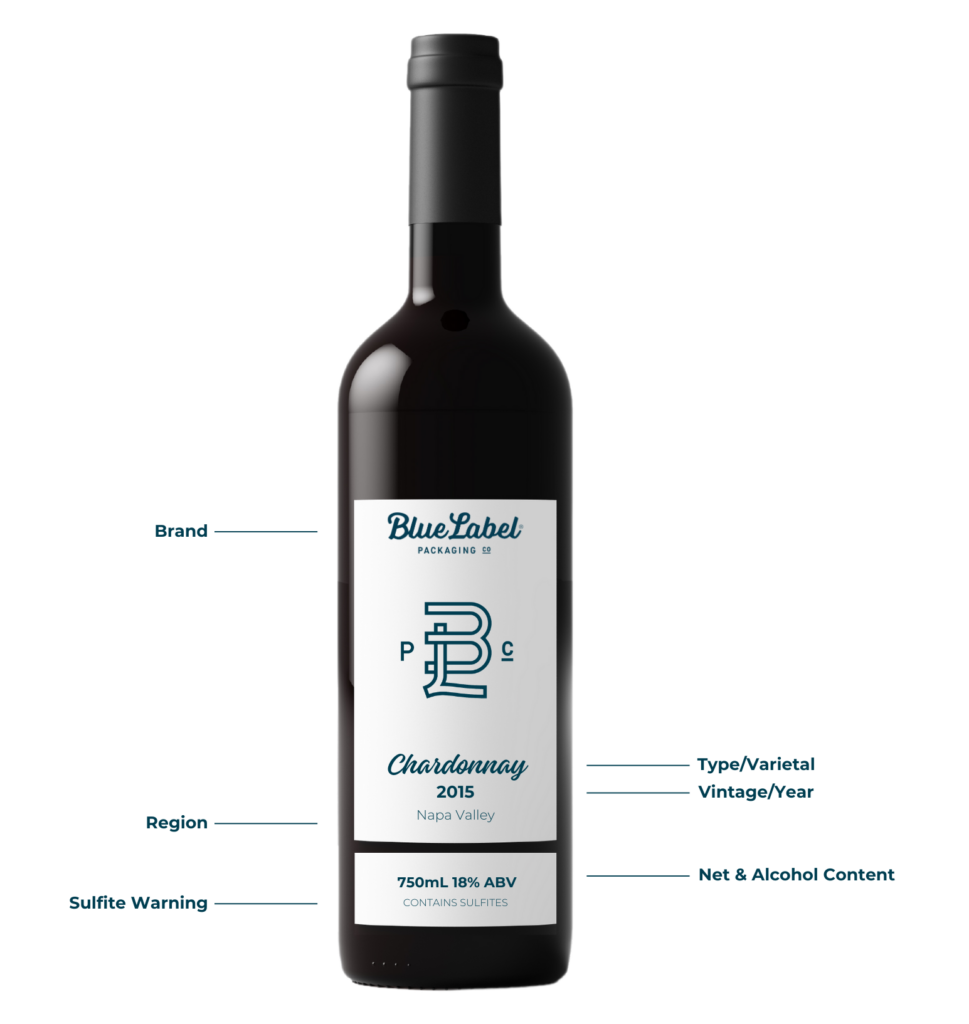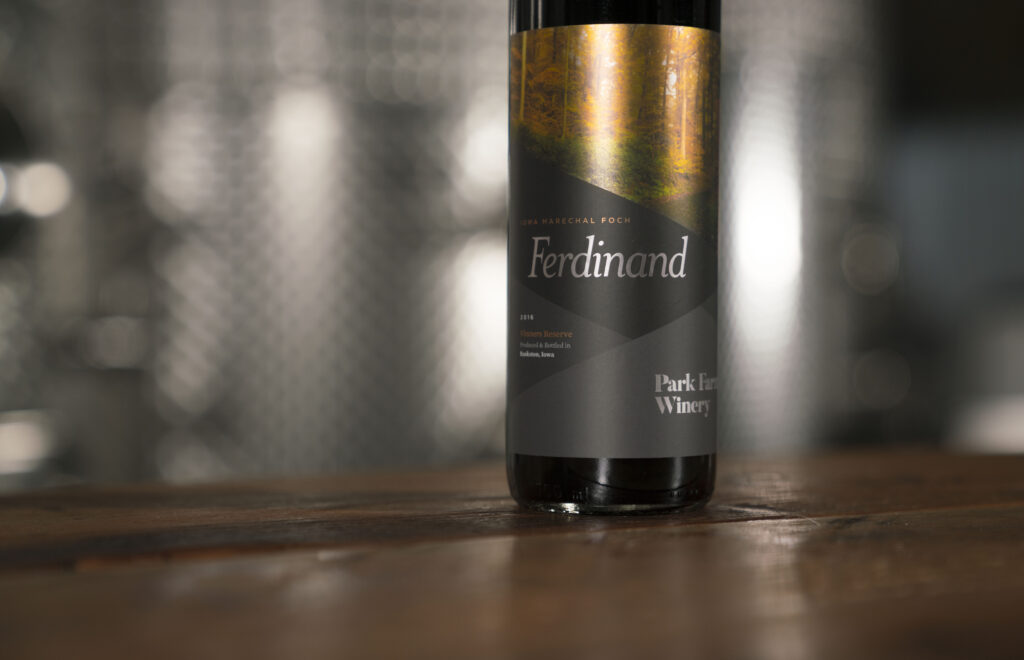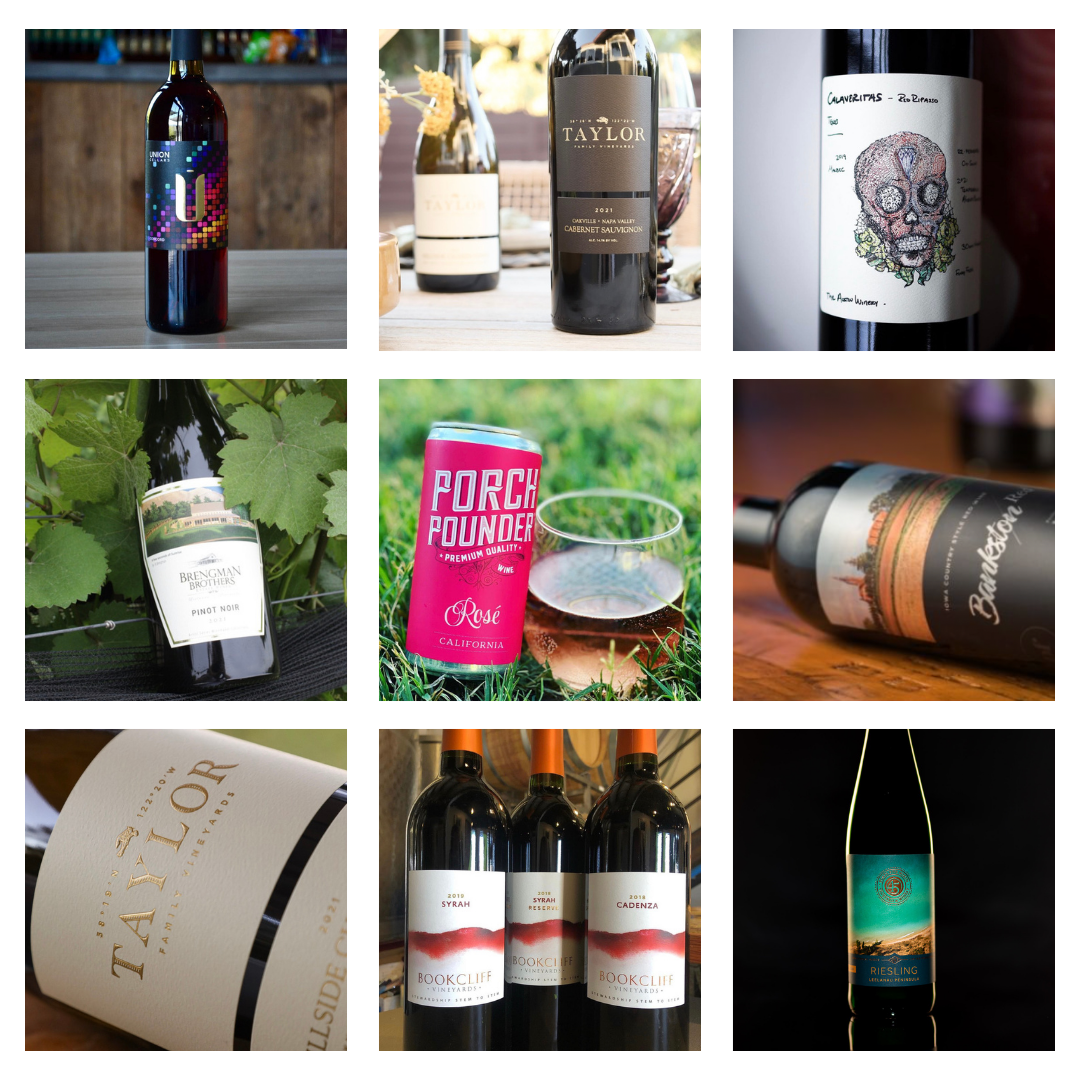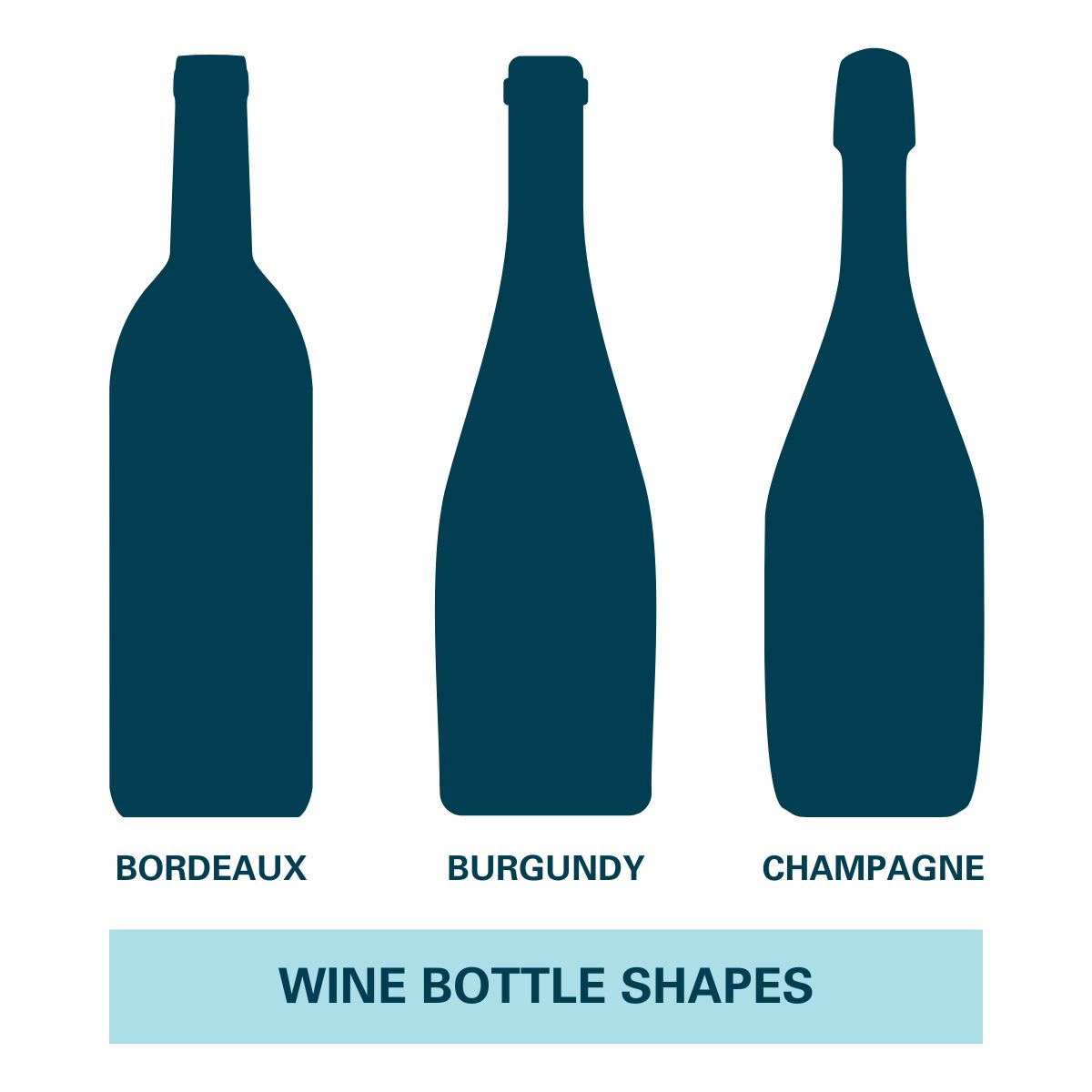The Ultimate Guide to Clear Barcode Labels for Product Packaging
Lately, there’s been a noticeable shift towards clear barcode labels across various industries. And no, it’s not just about looking good—though they certainly do that. It’s about understanding that many consumers today crave transparency and minimalism in packaging. Clear labels give your product a sleek, modern look that can enhance packaging design rather than overwhelm.
We’re seeing this trend catching on in the food, beverage, and consumer goods industries. Businesses are realizing that clear barcode labels don’t just meet functional needs; they also fit well with modern branding strategies. These labels merge usefulness with sophisticated design, making them a hit with consumers.
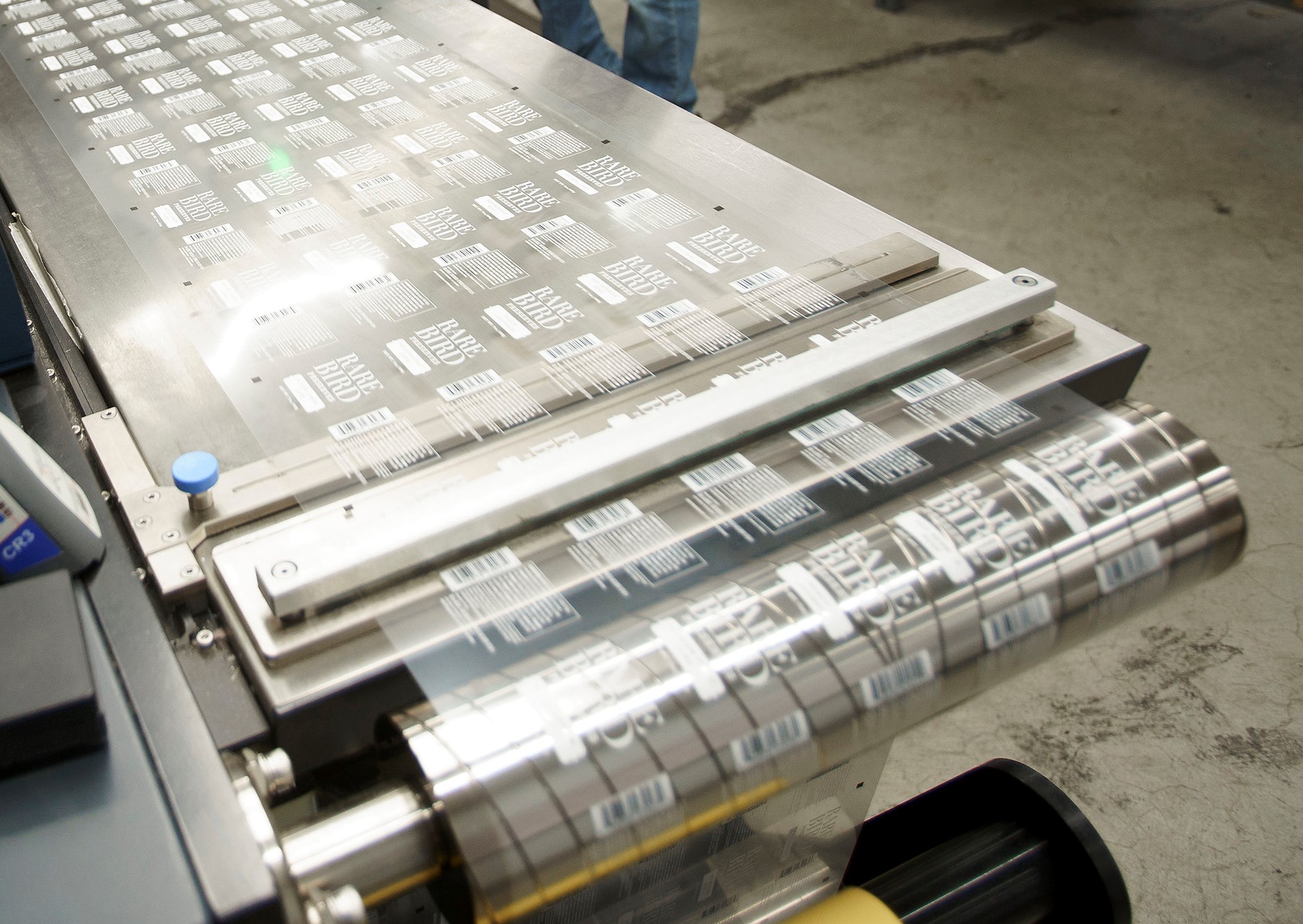
Why Choose Clear Barcode Labels?
Clear barcode labels offer a range of benefits, making them an excellent choice for product makers looking for both functionality and visual appeal. Here are some of the key advantages of using clear barcode labels:
- Water/Moisture Resistance: Clear barcode labels, particularly those made from polyester or polypropylene, are highly resistant to water and moisture, helping them remain intact and legible even in damp conditions.
- Abrasion Resistance: These labels feature abrasion-resistant coatings that protect the printed information from physical wear and tear, making them suitable for environments where they may be subject to scratching or rubbing.
- Durability: Using high-quality materials, clear barcode labels can withstand harsh environmental conditions, including extreme temperatures and UV exposure.
- Enhanced Product Appearance: Clear barcode labels blend seamlessly with product packaging, maintaining the visual appeal of the product while providing the necessary functionality of a barcode.
- Versatility: These labels can be applied to various surfaces and materials, making them suitable for a wide range of products and applications.
Applications and Use Cases
Clear barcode labels are versatile and commonly used across a number of industries and product types. Here are some of the most common use cases:
- Food and Beverage: These labels are used on food and beverage products to ensure that packaging remains tamper-evident and safe for consumers.
- Retail: Clear barcode labels allow product design to show through, enhancing the overall look while ensuring that barcodes are easily scannable for inventory and sales purposes.
- Manufacturing and Industrial Applications: Clear barcode labels are used on equipment and machinery where durability is essential. These labels can withstand harsh environmental conditions, including exposure to chemicals, oil, and extreme temperatures.
- Healthcare and Laboratories: In medical and laboratory settings, clear barcode labels are used for labeling vials, test tubes, and other equipment. These labels need to withstand extreme conditions such as cryogenic temperatures and exposure to chemicals.
- Warehouse and Logistics: In warehouses, clear barcode labels are used for labeling racks, shelves, and bins. They facilitate easy identification and tracking of products, and their durability ensures they remain intact in high-traffic environments.
Clear Barcode Materials
From bottles to vials, the right material can make all the difference between a barcode that lasts and one that fades faster than a summer tan. Here’s a quick rundown of the best materials for clear barcode labels and why they stand out.
- Polypropylene: This synthetic material offers moderate durability with oils, water, and tear resistance, making it ideal for use on products where maintaining packaging aesthetics and protection against abrasion is important.
- Polyester: Known for its high durability, polyester is resistant to extreme temperatures, chemicals, water, oil, and abrasion. It is ideal for outdoor applications and industrial equipment.
- Vinyl: Durable and weather-resistant, vinyl labels have strong adhesive properties that make them tamper-resistant. They are often used for security tags and products exposed to fluctuating environmental conditions.
- Polyethylene: Flexible and resistant to water and chemicals, polyethylene labels are ideal for curved surfaces like bottles or vials in laboratories and healthcare settings, offering durability without compromising flexibility.
Getting Started with Clear Barcode Labels
Thinking about using clear barcodes for your products? Here’s what you need to consider.
Step 1: Research and Needs Assessment
First, determine the specific requirements for your product labels, such as durability, resistance to environmental factors (water, chemicals, abrasion), and the need for tamper evidence. Make sure the features of clear barcode labels align with your needs.
It’s also important to consider industry-specific standards and regulations. This isn’t exclusive to clear labels, but it’s important nonetheless. For example, food, pharmaceutical, and healthcare products will often have more stringent labeling requirements.
Consider the different materials used for clear barcode labels, such as polypropylene, polyester, vinyl, and polyethylene. Each material offers distinct advantages, like durability and resistance to various environmental factors. Read above for more information.
Step 2: Label Design
Use design software like Adobe Illustrator or specialized labeling software to create your label design. Ensure the design includes all necessary elements like barcodes, branding, and regulatory information.
Test different materials to see how they perform with your design. Consider factors like print quality, durability, and readability.
Step 3: Choosing a Label Printing Provider
Look for print partners with experience in producing clear barcode labels. Check their capabilities in handling different materials and printing techniques (e.g., thermal transfer, digital printing).
As with any other partner, request quotes and samples, check references and reviews, and inquire about turnaround times and prices.
Step 4: Production and Implementation
Once you have final approval on the label design and material choice from all stakeholders, you can place your order, making sure to check all specifications and quantities.
Implement a quality assurance process to check the consistency and accuracy of the labels. This may include random sampling and testing for durability, readability, and adhesion.
Wrapping Up
So, there you have it. Clear barcode labels offer versatility, durability, and cost-effectiveness, all while integrating into your packaging and label design.
By using clear barcode labels, you’re not just keeping up with industry standards; you’re positioning your brand as modern, transparent, and committed to quality. Let’s make your products shine with high-quality, clear barcode labels from Blue Label Packaging.
Request samples or a talk to us today to discover the perfect clear label solutions for your product packaging needs.
